Introduction
Silverware, an essential element of our daily lives, transcends its mere functional purpose and carries a historical, cultural, and aesthetic significance. From the gleam of a polished silver spoon to the intricate designs on a fork, silverware has a timeless charm that has captivated generations. In this comprehensive article, we delve into the world of silverware, exploring its various types, benefits, and the distinctions between silverware and flatware. Join us on a journey to uncover the beauty and utility encapsulated in these precious utensils.
What is Silverware?
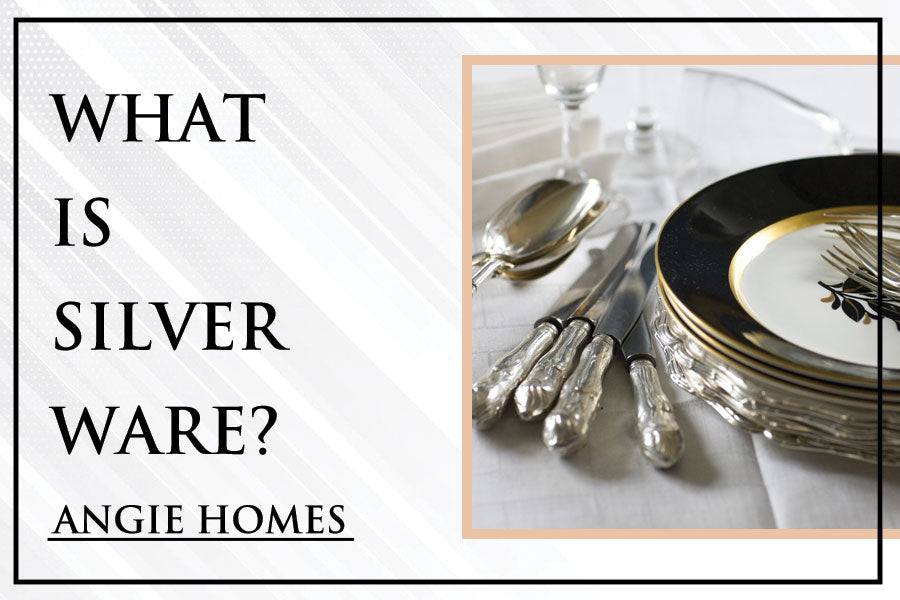
Silverware refers to a collection of eating and serving utensils, typically made from silver, silver-plated metals, or stainless steel. These utensils are an integral part of table settings, used for dining, serving food, and enhancing the overall dining experience. Silverware encompasses a wide range of items, including forks, knives, spoons, serving trays, and more.
The history of silverware dates back centuries, with silver being a favored material due to its malleability, antimicrobial properties, and the captivating luster it imparts. Over time, silverware has evolved both in design and materials, catering to diverse tastes and preferences.
Types of Silverware

- Flatware: Flatware is a broad category of silverware that includes items like forks, knives, and spoons, designed for individual dining use. These pieces are characterized by their flat, thin handles and are often crafted with intricate designs, reflecting the craftsmanship of the era.
- Hollowware: In contrast to flatware, hollowware comprises larger, deeper items such as bowls, platters, and pitchers. These pieces are designed for serving rather than individual use, adding an elegant touch to formal dining occasions.
- Specialized Silverware: Within the realm of silverware, there are specialized items designed for specific purposes. This includes items like salad servers, cake servers, and butter knives, each tailored to enhance the dining experience for particular dishes.
- Dinner Forks: Dinner forks are an essential type of silverware designed for main course meals. Characterized by their larger size and sturdy construction, they feature tines that facilitate the cutting and lifting of food. The elegance of dinner forks often lies in their ornate designs, making them a focal point on a well-set dining table. Their functionality extends beyond mere utility, contributing to the overall dining experience by offering a balance of form and function.
- Teaspoons: Teaspoons, smaller than tablespoons but larger than coffee spoons, serve as versatile silverware suitable for stirring beverages, adding sugar, or enjoying desserts. Their delicate size makes them ideal for teatime or coffee breaks. Teaspoons often feature intricate patterns on their handles, adding a touch of sophistication to these dainty utensils.
- Salad Servers: Salad servers are specialized silverware designed for tossing and serving salads. Consisting of a fork and spoon pair, these utensils ensure an even distribution of dressing and ingredients. The elongated handles of salad servers provide ease of use, allowing for efficient tossing in large bowls. Their design often incorporates aesthetic elements, making them both functional and visually appealing additions to a formal dining setting.
Benefits of Silverware
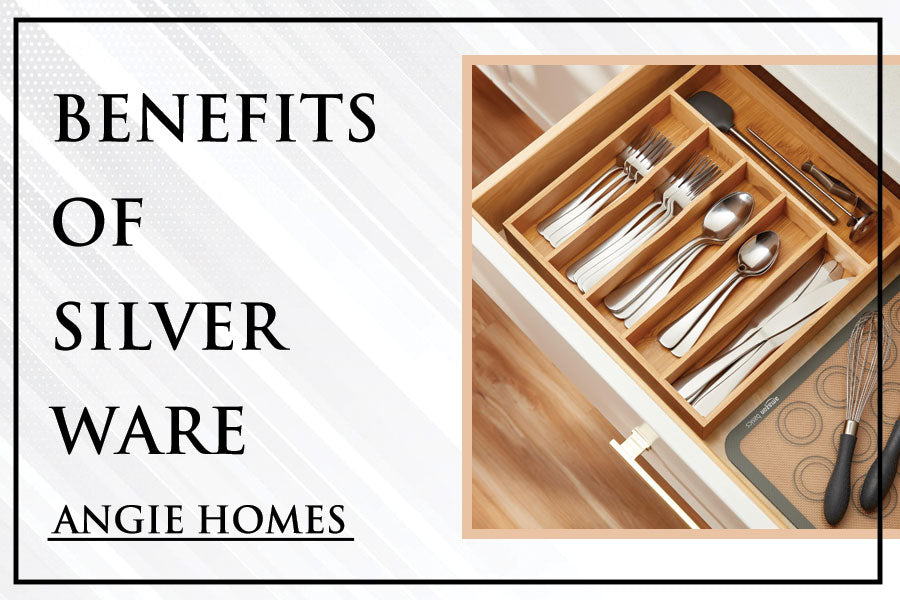
Silverware, especially when crafted from silver or silver-plated materials, offers a range of benefits that extend beyond its functional use.
- Elegance and Aesthetics: Silverware has an inherent beauty that elevates any dining experience. The reflective surface of silver catches and plays with light, creating a visually appealing table setting. The intricate designs on silverware add a touch of sophistication and elegance to any occasion.
- Durability and Longevity: Silver, known for its durability, ensures that well-crafted silverware can withstand the test of time. Proper care and maintenance can keep silverware in pristine condition for generations, making it a valuable and enduring family heirloom.
- Antimicrobial Properties: Silver possesses natural antimicrobial properties, making it an excellent choice for utensils that come into direct contact with food. This inherent property has contributed to the historical use of silverware as a hygienic option for dining.
Advantages of Silverware

- Elegance and Aesthetics: Silverware adds an unparalleled touch of elegance to any dining setting. The lustrous surface of silver utensils reflects and refracts light, creating a captivating ambiance. The intricate designs and patterns further enhance the aesthetic appeal, turning a simple meal into a visual feast. Whether it's a family dinner or a formal event, the elegance of silverware elevates the overall dining experience, making each meal a special occasion.
- Durability and Longevity: High-quality silverware, especially items crafted from sterling silver, boasts exceptional durability. With proper care, silverware can withstand the test of time, becoming cherished family heirlooms passed down through generations. This longevity contributes to the value of silverware, making it a wise and enduring investment.
- Antimicrobial Properties: Silver possesses natural antimicrobial properties, making silverware an inherently hygienic choice for dining. The antimicrobial nature of silver inhibits the growth of bacteria, adding an extra layer of cleanliness to utensils that come into direct contact with food. This characteristic not only enhances the safety of dining but also aligns with historical practices where silver was valued for its ability to preserve freshness.
- Investment Value: Certain types of silverware, especially those made from sterling silver, can appreciate in value over time. As tangible assets, well-maintained silverware can become valuable investments or family treasures. Antique or rare pieces, in particular, can fetch significant prices in the market. Choosing silverware crafted from quality materials not only enhances the dining experience but also offers the potential for financial gain through the appreciation of its value.
- Customization and Personalization: Many silverware sets allow for customization, enabling individuals to personalize their dining experience. From engraved initials to unique patterns, customization adds a sentimental and individual touch to silverware. This personalization not only makes each piece unique but also fosters a sense of connection to the utensils used daily. Whether for a wedding gift, a family heirloom, or a special occasion, the ability to customize silverware enhances its value as a personal and meaningful possession.
What Do You Call Silverware Made of Silver?
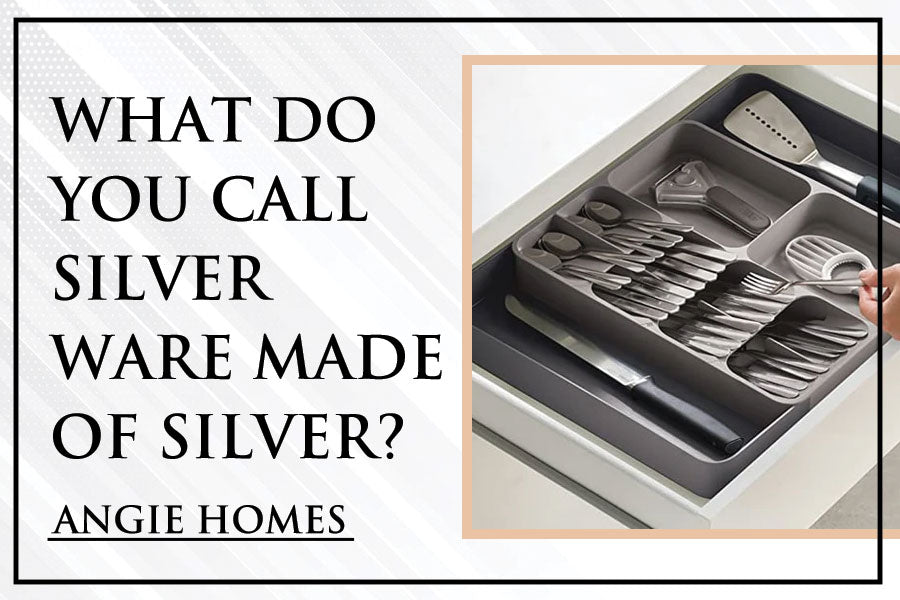
Silverware made from pure silver is commonly referred to as "sterling silverware." Sterling silver is an alloy containing 92.5% silver and 7.5% other metals, usually copper. This combination enhances the durability of the silver while maintaining its distinctive luster. Sterling silverware is often marked with a "925" stamp, indicating its silver content.
5 Synonyms & Antonyms for Silverware
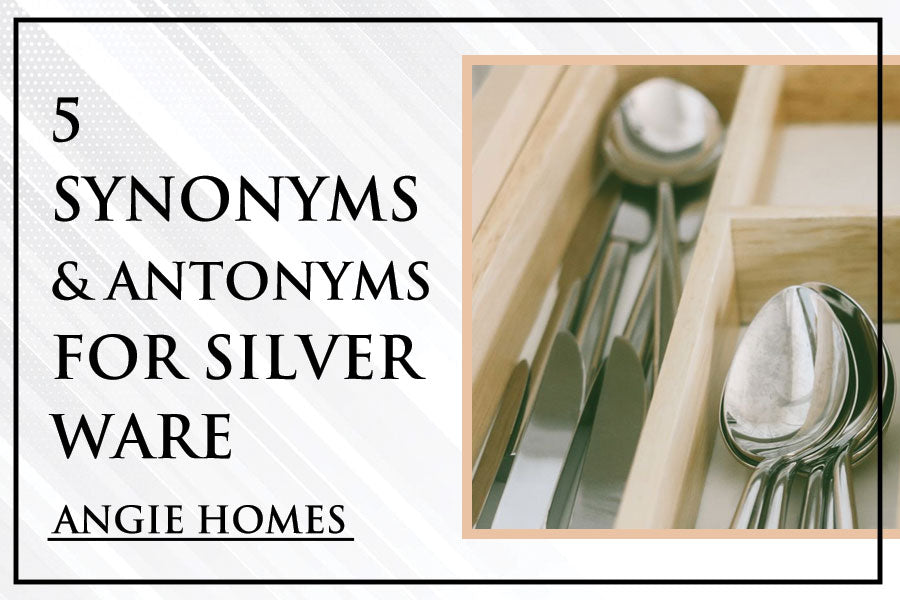
Synonyms:
- Tableware: A broader term encompassing all utensils used for setting a table, including silverware.
- Cutlery: Specifically refers to knives, forks, and spoons, often made of metal, including silver.
- Utensils: General term for tools used in the kitchen, which includes silverware.
- Service Ware: Collective term for items used in serving food, including both flatware and hollowware.
- Silver Service: A term highlighting the use of silverware in formal dining settings.
Antonyms:
- Plasticware: Utensils made from plastic, commonly used for casual dining or outdoor events.
- Disposableware: Single-use utensils made from materials like paper or plastic.
- Ceramicware: Utensils made from ceramic materials, often used for serving or dining in casual settings.
- Wooden Utensils: Kitchen tools crafted from wood, known for their natural and eco-friendly characteristics.
- Stainless Steelware: Utensils made from stainless steel, a durable and corrosion-resistant material.
Flatware vs. Silverware: What's the Difference?
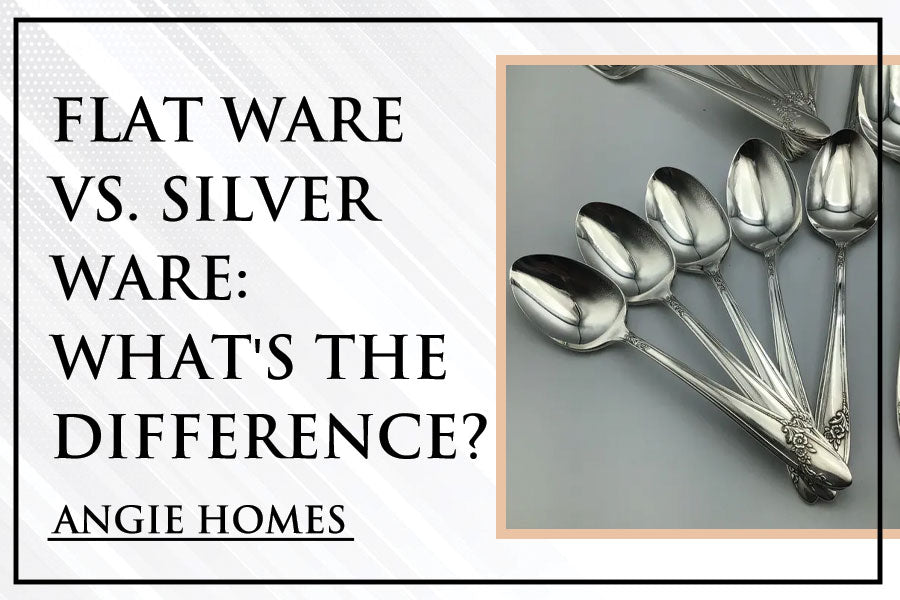
The terms "flatware" and "silverware" are often used interchangeably, but they do have subtle distinctions.
1. Composition
- Flatware: Encompasses all types of utensils with flat handles, irrespective of the material. This includes items made from stainless steel, plastic, or silver.
- Silverware: Specifically refers to utensils made from silver or silver-plated materials.
2. Usage
- Flatware: A general term used in various settings, including casual and formal dining.
- Silverware: Implies a more formal and luxurious setting, often associated with special occasions.
3. Material
- Flatware: Can be made from various materials, including stainless steel, silver, plastic, or wood.
- Silverware: Primarily crafted from silver or silver-plated metals.
Conclusion
In conclusion, silverware stands as a testament to the intersection of art, history, and practicality. Whether it's the timeless elegance of sterling silverware or the versatility of modern stainless steel flatware, these utensils play a pivotal role in shaping our dining experiences. From the intricate designs that adorn each piece to the antimicrobial properties inherent in silver, the allure of silverware goes beyond its utilitarian purpose.
As we explore the various types, benefits, and advantages of silverware, it becomes evident that these pieces are not just tools for eating but artifacts that connect us to our cultural and familial roots. Whether you choose to invest in a set of sterling silverware or opt for a more casual flatware ensemble, each piece contributes to the narrative of your table setting.
In the ongoing debate between flatware and silverware, it becomes apparent that the choice is not just about function but also about the ambiance and symbolism one wishes to convey. As silverware continues to evolve, incorporating modern designs and materials, it maintains its status as a symbol of refinement and taste.
So, the next time you sit down to a beautifully set table, take a moment to appreciate the silverware that graces it. These seemingly mundane utensils carry with them a rich history and a promise of shared moments and memories around the dining table. In the world of silverware, every fork, knife, and spoon tells a story, making each meal an opportunity to connect with the past while savoring the present.
Read Also: A Comprehensive Guide to Kids Silverware, Benefits, and Top Picks in India
FAQ's
Q. What is called silverware?
Ans: Silverware refers to a collection of eating and serving utensils, typically made from materials like silver, silver-plated metals, or stainless steel. This includes items such as forks, knives, spoons, and serving trays.
Q. What is the use of silverware?
Ans: Silverware is used for dining and serving food, enhancing the overall dining experience. It includes items like forks, knives, and spoons for individual use, as well as larger hollowware items like bowls and platters for serving.
Q. What is the meaning of silverware in a hotel?
Ans: In a hotel, silverware refers to the high-quality utensils used for dining and serving guests. This often includes elegant flatware and hollowware, contributing to a sophisticated and refined dining atmosphere.
Q. What is the difference between utensils and silverware?
Ans: Utensils is a broader term encompassing all tools used in the kitchen, while silverware specifically refers to eating and serving utensils made from materials like silver. Silverware implies a level of elegance and is often associated with formal dining.
Q. What does silverware mean?
Ans: Silverware, in a general sense, means eating and serving utensils made from silver, silver-plated metals, or stainless steel. It includes items like forks, knives, spoons, and serving trays that are used in various dining settings, from everyday meals to formal occasions.
